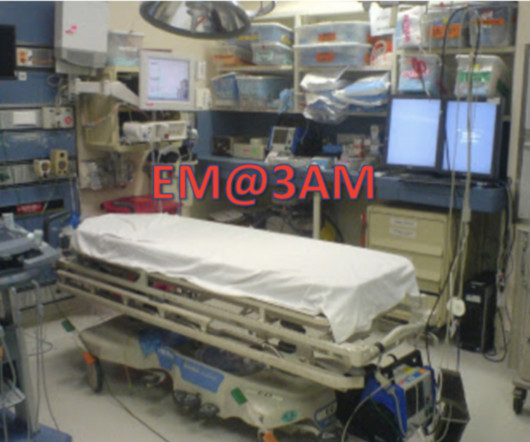EM@3AM: Leukopenia
EMDocs
JANUARY 25, 2025
Management is directed based on underlying etiology, but consider fluid resuscitation, antipyretics, and antibiotics as indicated. Approach to leukopenia in the ED should be focused on identifying the inciting etiology with emphasis on evaluation for infection, malignancy, and/or toxin/drug mediated effect. link] Lu, W.,
















Let's personalize your content